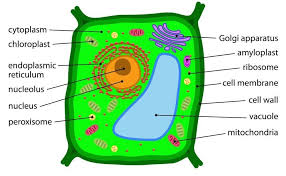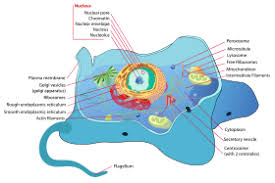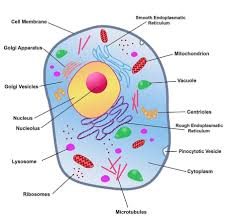The study of living organisms begins with an understanding of cells, the fundamental units of life. A comprehensive knowledge of cell structure and function is crucial for comprehending the characteristics and roles of various tissues and organs in both plants and animals, which are central to agricultural practices.
Read Also: How to Grow, Use and Care for Whitetinge Sedge Grass (Carex albicans)
Discovery and Early Studies of Cells

In 1665, Robert Hooke, an English scientist, observed thin slices of cork under a microscope and identified small, box-like structures, which he termed “cells” due to their resemblance to the small rooms inhabited by monks in monasteries.
This discovery marked the first recorded observation of cells, as detailed in his publication Micrographia citeturn0search0.
Subsequently, in 1839, Matthias Schleiden, a German botanist, and Theodor Schwann, a German zoologist, proposed the cell theory. This theory posits that all living organisms are composed of cells, which are the basic structural and functional units of life.
They also suggested that all cells arise from pre-existing cells, a concept later expanded by Rudolf Virchow in 1859.
Read Also: How to Grow, Use and Care for Whitegrass (Leersia virginica)
Cell Structure and Its Variations

Cells are the simplest functional units of organisms and exhibit a remarkable diversity in size, shape, structure, and function. They are broadly categorized into two types:
1. Eukaryotic Cells: These cells have a defined nucleus and organelles enclosed within membranes. They are found in plants, animals, fungi, and protists.
2. Prokaryotic Cells: Lacking a nucleus, these simpler cells are found in organisms such as bacteria and archaea.
Understanding these cellular differences is essential in agricultural science, as it influences the study of plant growth, animal development, and microbial activity.
The exploration of cells and their structures has laid the foundation for advancements in agricultural science. Insights into cellular functions and interactions are pivotal for improving crop yields, livestock health, and overall agricultural productivity. Continued research in cell biology remains integral to addressing the challenges faced in modern agriculture.
Do you have any questions, suggestions, or contributions? If so, please feel free to use the comment box below to share your thoughts. We also encourage you to kindly share this information with others who might benefit from it. Since we can’t reach everyone at once, we truly appreciate your help in spreading the word. Thank you so much for your support and for sharing!

